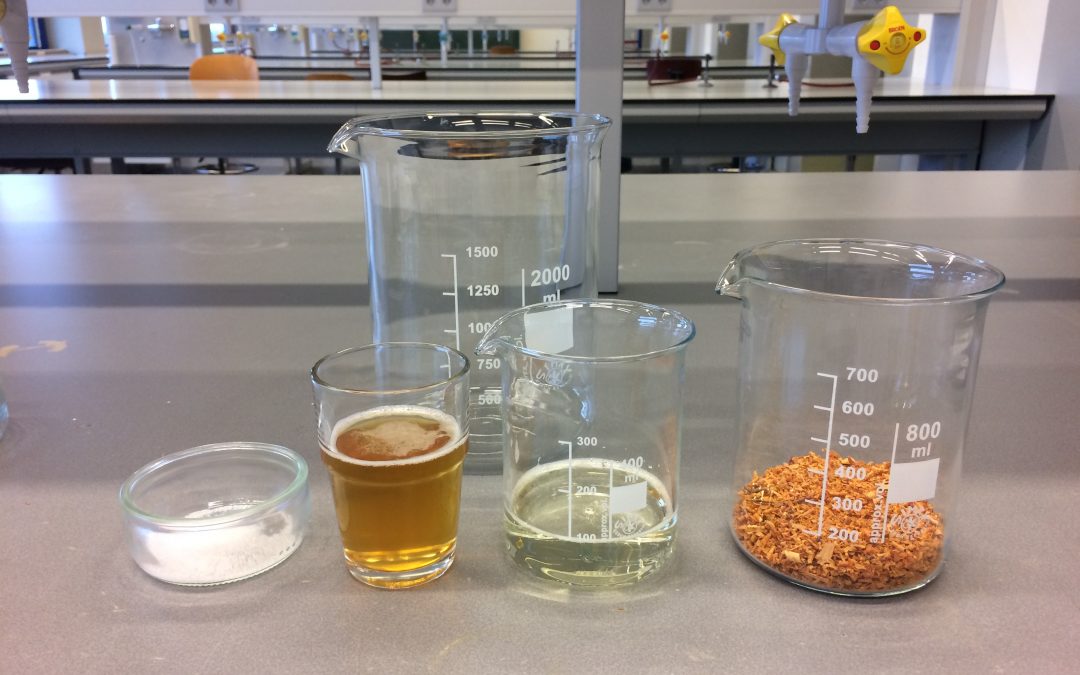
Making Colours, Sensing Microscopic Records: Jessie Wei-Hsuan Chen on Senses and Skills in Historical Remaking
Stefan Hanß: Jessie Wei-Hsuan Chen is a PhD candidate at Utrecht University and an associate of the European Research Council project ARTECHNE Technique in the Arts: Concepts, Practices, Expertise, 1500–1950. In her PhD project, funded by the Dutch Research Council...
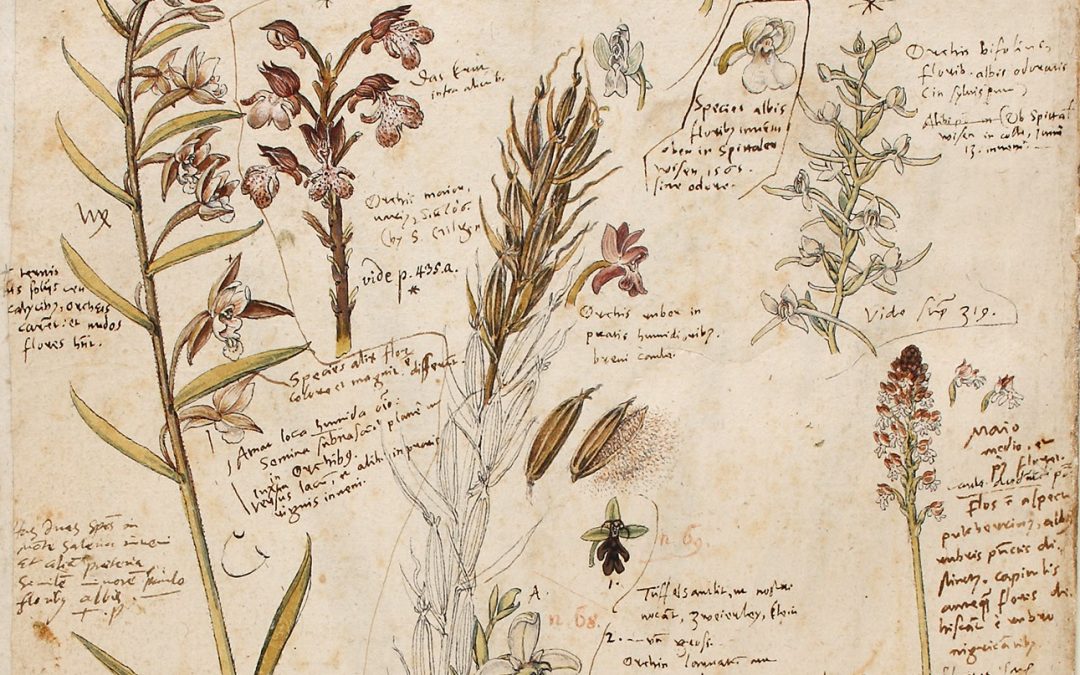
From Observation to Inspection: Florike Egmond on Microscopic Records in Early Modern Visual Albums of Nature
Stefan Hanß: Florike Egmond is a cultural historian of early modern sciences at the University of Leiden and a leading expert on sixteenth-century natural history. After presenting research on Adriaen Coenen, a sixteenth-century Dutchman who collected and drew marine...
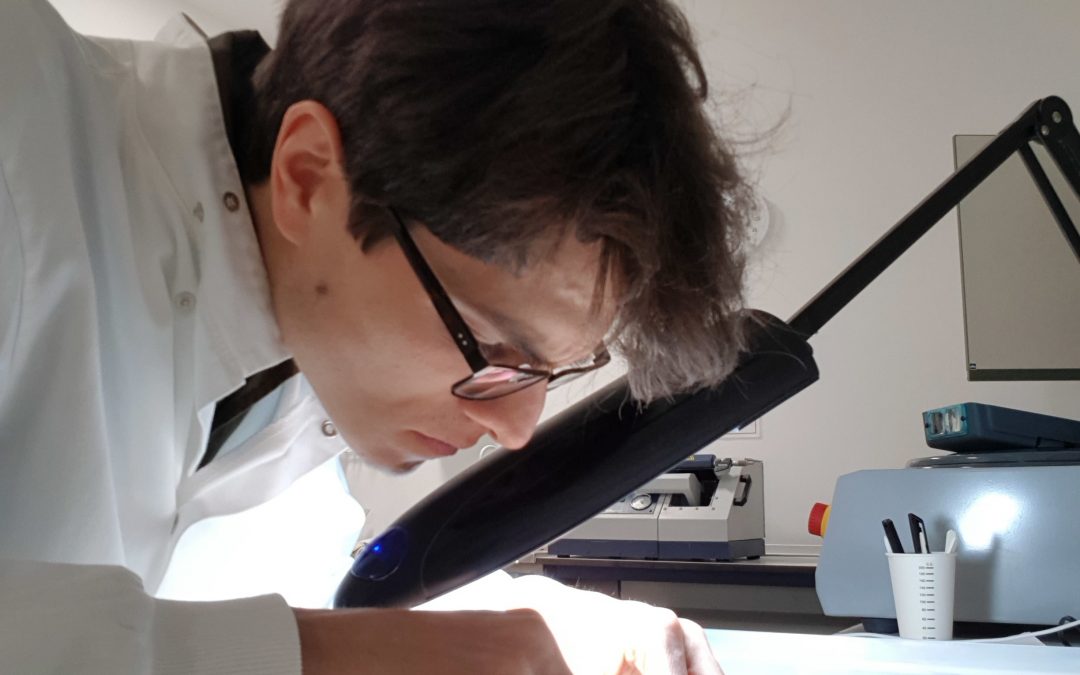
The Microscopic Records of Alchemists in Colonial Jamestown: Umberto Veronesi on Metallurgy, Archaeological Sciences, and Early Modern New World Laboratories
Stefan Hanß: Umberto Veronesi is a final-year PhD student at the University College London Institute of Archaeology. In his PhD project, Umberto Veronesi uses his expertise in archaeological sciences to examine the material worlds of alchemical and early chymical...
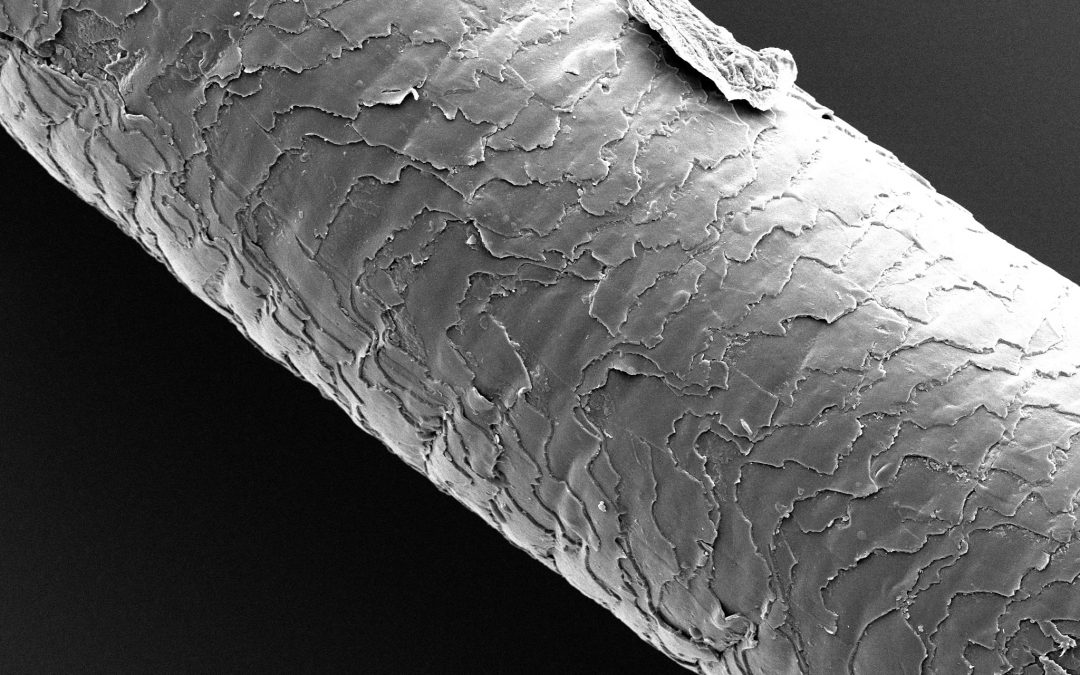
The Multispecies Material World of Early Modern Microscopic Records: Sasha Handley on Ghosts, Bed-Sheets, Posset, and Soporifics
Stefan Hanß: In one of our previous blog entries on “microscopic records”, we discussed the importance of collaborative research environments: open office doors open up new questions and lead to explorations in how to tackle such research questions in novel ways....
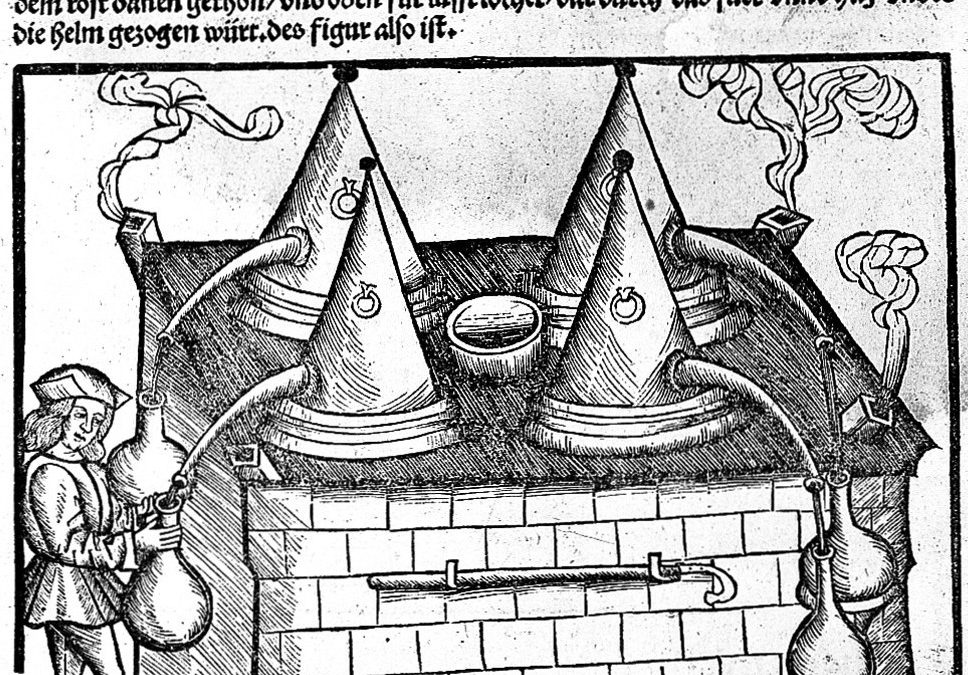
The Subtlety of Early Modern Microscopic Records: Tillmann Taape on Distillation, Materiality, and the Body in Sixteenth-Century Germany
Stefan Hanß: Dr Tillmann Taape is one of the few historians who have a combined background in humanities and the sciences. He did his undergraduate degree in molecular biology and genetics at the University of Cambridge before venturing into the field of the history...
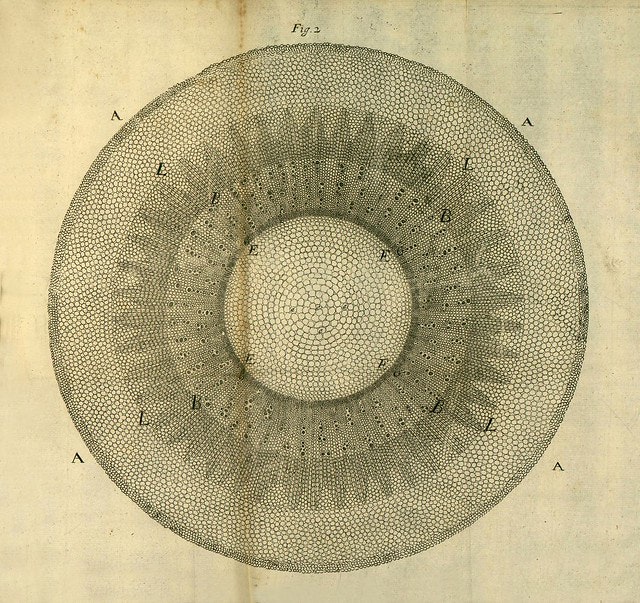
The Difficulties of Communicating What You Do (Not) See: Pamela Mackenzie on Early Modern Plants, Microscopy, and Visual Knowledge
Stefan Hanß: The support of early career researchers is a strong element of the upcoming British Academy event Microscopic Records: The New Interdisciplinarity of Early Modern Studies, c.1400–1800. One of the speakers will be Pamela Mackenzie, a PhD candidate at the...
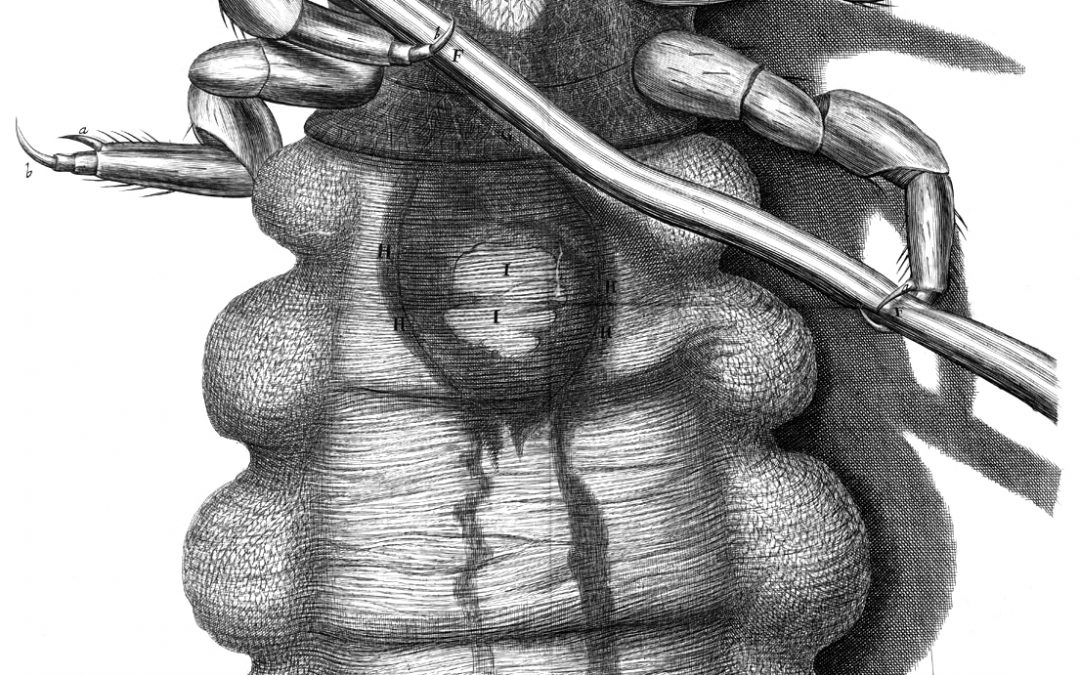
“A New Visible World”: Philosopher Catherine Wilson on Early Modern Microscopic Records, the Senses, and Thing Theory
Stefan Hanß: The upcoming British Academy event Microscopic Records: The New Interdisciplinarity of Early Modern Studies, c.1400–1800 explores the often hardly visible and surprisingly agentive worlds of small materialities. What can early modern objects’ microscopic...
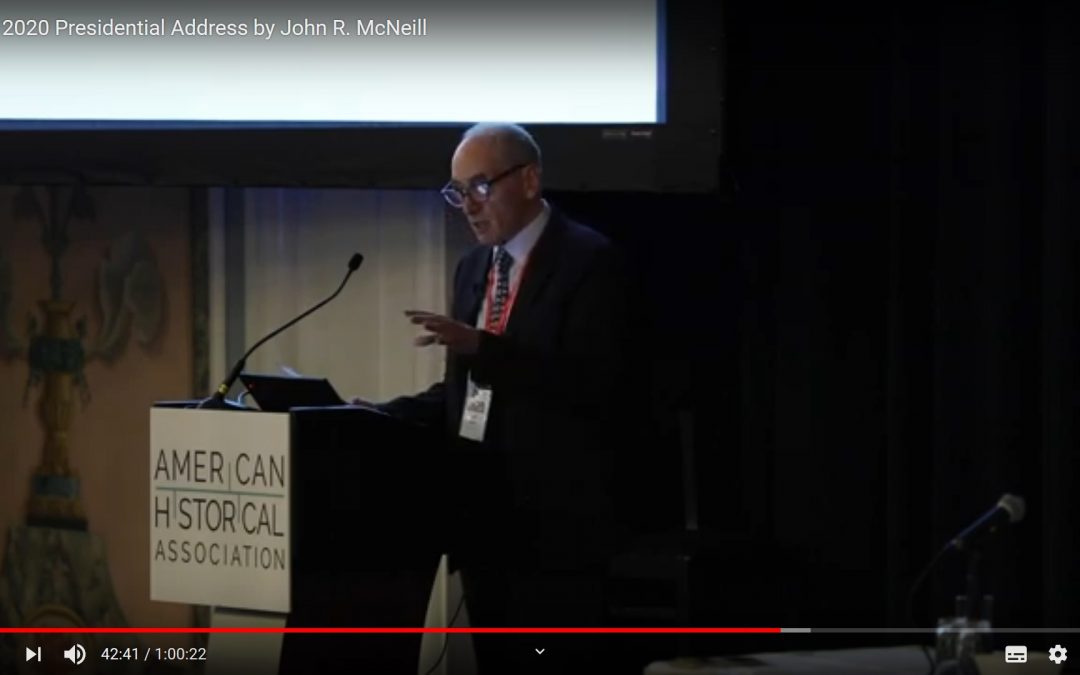
New Collaborations between History and the Sciences: Historian John R. McNeill on the Future of Historical Research
Stefan Hanß: John R. McNeill, Professor of History at Georgetown University, authored and edited twenty books, more than seventy journal articles, and just as many book chapters throughout his impressive career. Early modernists will be most familiar with his Mosquito...
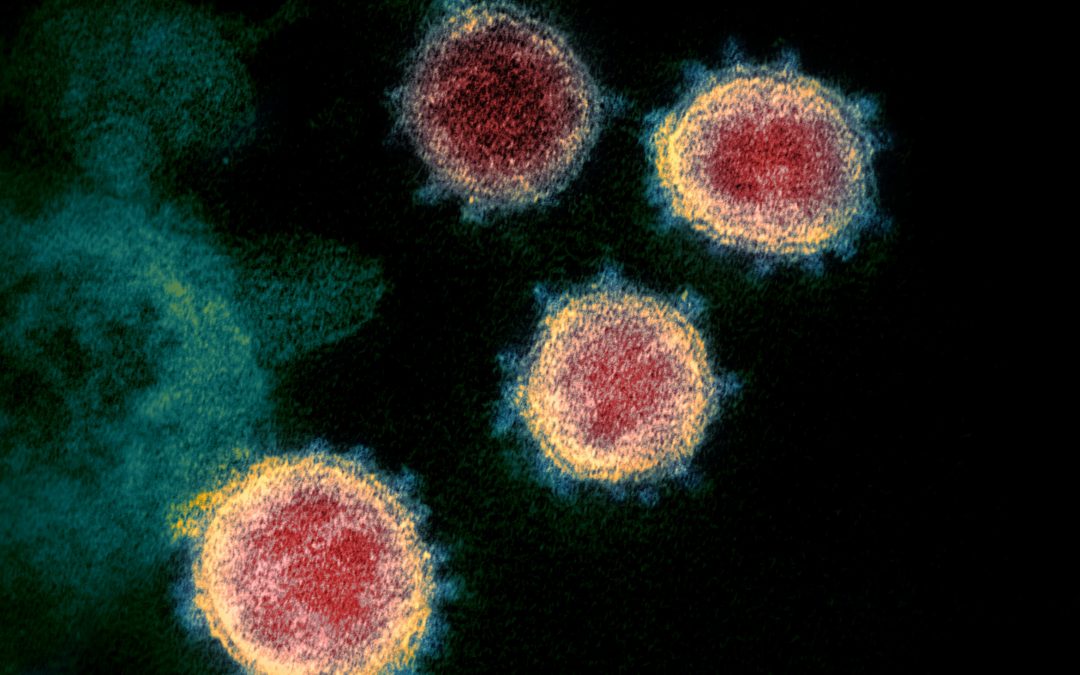
Writing History in the Time of COVID-19: Historian Timothy LeCain on the Third Warning, Microscopic Records and Societal Change
Stefan Hanß: COVID-19 (fig. 1) changes people’s lives, fears, hopes, and behaviours across the globe right now. In his recent Cambridge University Press monograph The Matter of History: How Things Create the Past, Professor Timothy James LeCain (Montana State...
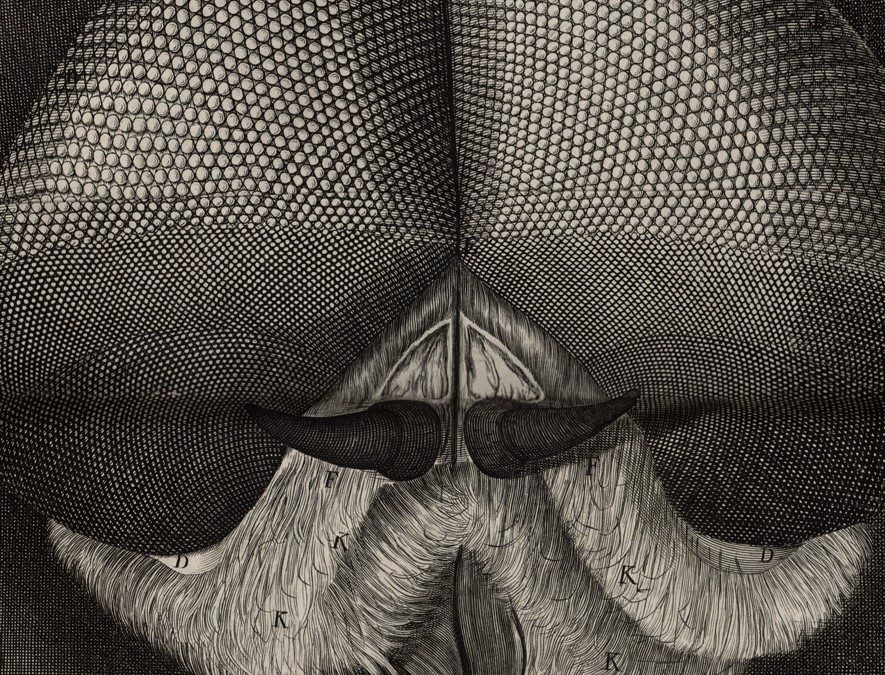
Early Modern Microscopic Records: Experiencing Material and Visual Cultures
Detail of an engraving showing the eyes and head of a “grey drone-fly” seen under a microscope. Robert Hooke, Micrographia: or some Physiological Descriptions of Minute Bodies made by Magnifying Glasses with Observations and Inquiries thereupon (London, 1665), scheme...






Recent Comments